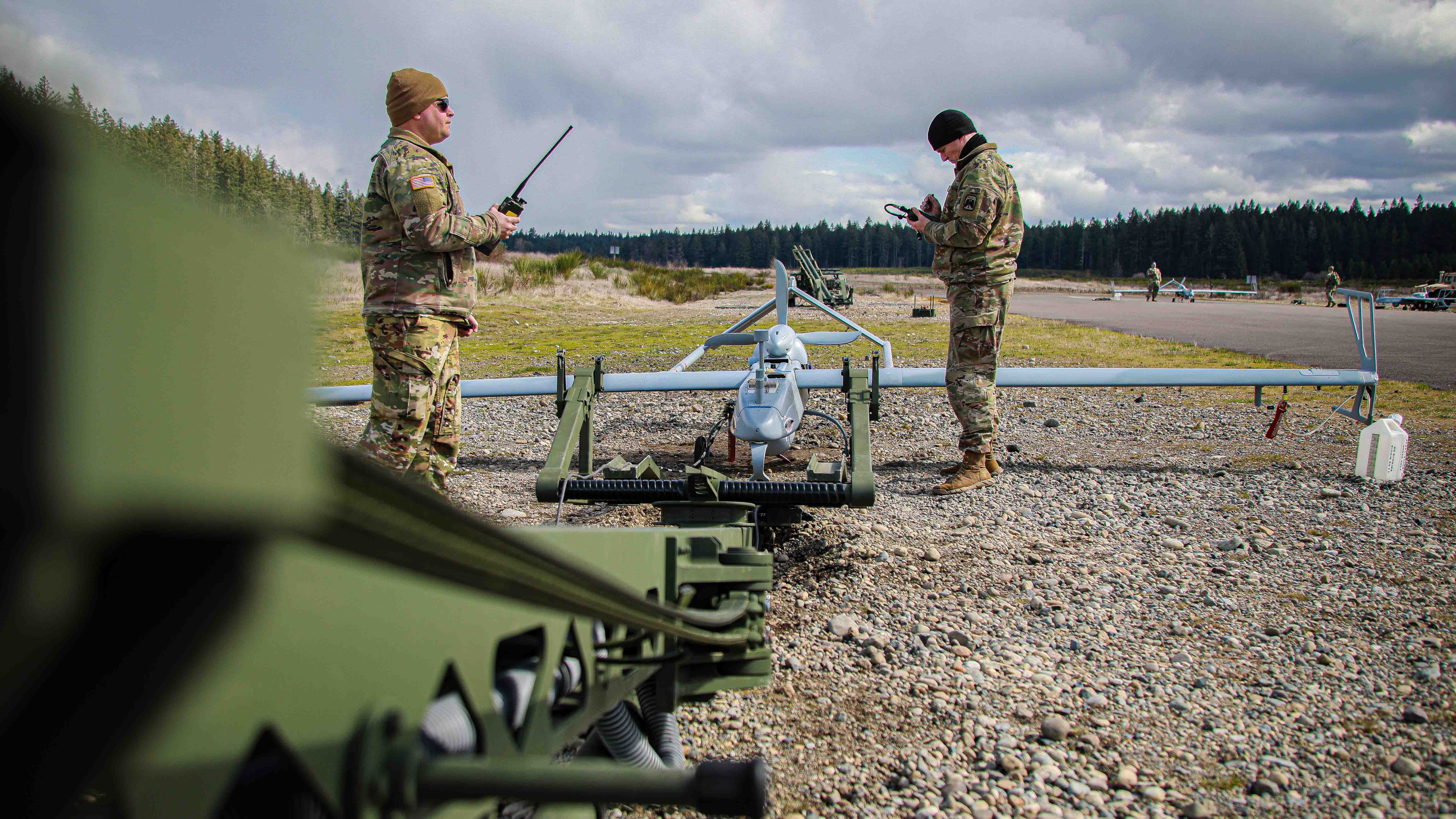Army Aviation Rebalances, Shifts To Unmanned Systems
Army Aviation Rebalances, Shifts To Unmanned Systems

The Army is rebalancing its aviation portfolio with planned upgrades to current platforms and a shift toward future investment in unmanned systems, the service’s senior leaders said.
In testimony before the House Armed Services subcommittee on tactical air and land forces, Douglas Bush, assistant secretary of the Army for acquisition, logistics and technology, offered specifics of the Army’s aviation investment plans and how conflicts overseas have informed the service’s understanding of future combat.
There is an “ever-changing battlefield as demonstrated recently by real-world events in Ukraine and the Middle East,” Bush said at the March 6 hearing. It is becoming “increasingly clear that the Army must be able to adapt and respond to a changing battlefield,” he said.
“Army aviation is a decisive capability in domain interdependence, operating in the nexus between the air, ground and maritime domains,” Bush said.
Major investments in new airframes technology, unmanned systems and the aviation industrial base are needed if the Army is to achieve overmatch against near-peer competitors, he said. These investments include modifying planned programs and developing and fielding new platforms and capabilities while also modernizing the current fleet.
The aviation rebalancing initiatives include terminating the $2 billion Future Attack Reconnaissance Aircraft program; ending production of the UH-60V version of the Black Hawk helicopter; delaying production of the improved turbine engine program aimed at replacing helicopter engines; and phasing out operations and sustainment of the legacy Shadow and Raven unmanned aerial systems.
Bush added that the Army will produce more UH-60M Black Hawk helicopters; begin production of the CH-47F Block II Chinook helicopter and modernize the current Chinook fleet; increase research and development to expand and accelerate the Army’s unmanned aerial reconnaissance capabilities; and continue the Future Long-Range Assault Aircraft program.
Testifying with Bush, Gen. James Rainey, commander of Army Futures Command, told subcommittee members that an important piece of the Army’s strategy is to add unmanned aircraft systems and counter-UAS capabilities.
Describing technology as “one of our superpowers here in the United States,” Rainey said the Army must “rapidly adapt to the clear disruption that we’re witnessing in the war in Ukraine.”
Rainey pointed out that when Russia invaded Ukraine on Feb. 24, 2022, the Army had observation teams in place who paid “very close attention” to battlefield developments.
“We’ve got to be careful because some of it is different than the way we fight as the United States, but absolutely in the emerging air-ground littoral, the first couple of thousand feet off the ground, it’s obvious that we have to add UAS capability at echelon, and that’s a big part of our strategy,” Rainey said.

